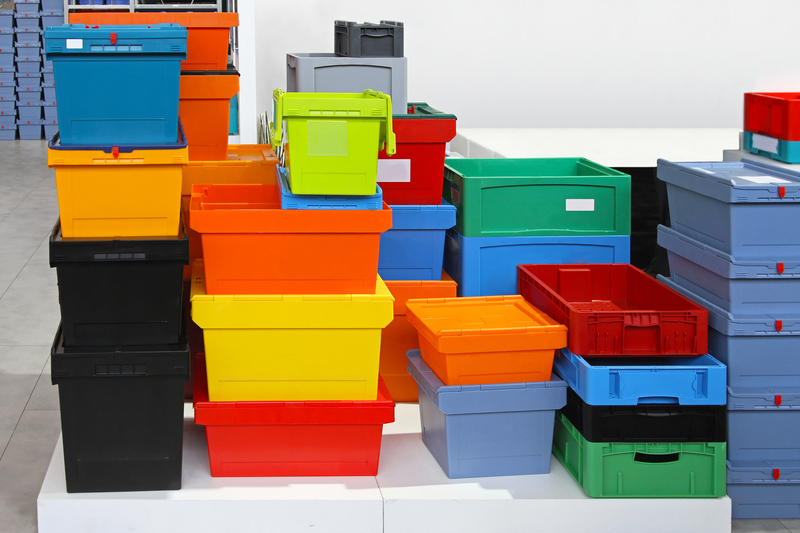Smoothly Move Your Kitchen Appliances without Breaking a Sweat
Posted on 19/08/2024
Moving can be a daunting task, especially when it comes to moving heavy appliances such as refrigerators, ovens, and dishwashers. These kitchen essentials are not only bulky but also expensive, making it essential to handle them with care during the moving process. However, with some careful planning and preparation, you can smoothly move your kitchen appliances without breaking a sweat. In this article, we will discuss some helpful tips for a stress-free appliance-moving experience.
1. Plan Your Move in Advance
The key to a successful move is proper planning. Moving your kitchen appliances should not be an afterthought; instead, it should be an integral part of your moving plan. Start by creating a checklist of all the appliances that need to be moved and their dimensions. This will help you determine the best way to transport them and avoid any surprises on moving day.

2. Gather the Necessary Supplies
Moving heavy appliances requires some specialized equipment to ensure their safe transport. Some must-have supplies include moving blankets or sheets, packing tape, dolly or hand truck, furniture straps, and cardboard boxes for smaller items such as blenders or microwaves. Investing in these supplies will greatly reduce the risk of damaging your appliances during the move.
3. Prepare Your Appliances for Moving
Before moving any appliance, make sure they are clean and defrosted. For refrigerators and freezers, dispose of any perishable food items and defrost overnight to avoid leaks during transportation. Secure all loose parts such as shelves and drawers with tape or packing materials to prevent them from shifting during the move.
4. Use Proper Lifting Techniques
When lifting heavy appliances, it is crucial to use proper lifting techniques to avoid injuring yourself or others involved in the move. Bend at your knees and use your leg muscles to lift rather than straining your back. Additionally, have someone assist you in carrying these heavy items to reduce the risk of accidents.
5. Protect Your Floors and Walls
Moving heavy appliances can cause damage to your floors and walls if not handled carefully. To avoid any scratches or scuffs, use moving blankets or cardboard on the floor and corners of walls where the appliances will be moved. You can also cover your appliance with a sheet or blanket to protect their surfaces from any potential damage.
6. Secure Appliances during Transportation
It is essential to secure your appliances during transportation to avoid them from shifting or toppling over. Use furniture straps and tie-downs to keep them in place while in transit. If using a moving truck, make sure to park it on a level surface and use proper loading techniques to prevent accidents.
Pros and Cons of Moving Your Kitchen Appliances
Pros:
- Allows you to take your expensive appliances with you to your new home.
- Gives you the opportunity to clean and declutter your appliances before moving.
- Can save you money compared to purchasing new appliances for your new home.
Cons:
- Can be physically demanding and potentially hazardous.
- Requires proper equipment and planning.
- Risk of damaging appliances if not handled carefully.
Tips for Moving Your Kitchen Appliances
- Take pictures of how your appliances are connected before disassembling them for an easier set up in your new home.
- Keep all screws, bolts, and small parts in labeled bags or containers to avoid losing them during the move.
- Contact professional movers if you are not confident in moving your appliances yourself.

Key Takeaways
Moving heavy kitchen appliances can seem like a daunting task, but with proper planning, preparation, and caution, it can be done efficiently and safely. Remember to gather the necessary supplies, use proper lifting techniques, protect your floors and walls, and secure your appliances during transportation.
In Conclusion
Moving your kitchen appliances does not have to be a stressful experience. With the help of these tips and some careful planning, you can easily move your appliances without breaking a sweat. Don't forget to enlist the help of friends or professional movers if needed, and take the necessary precautions to ensure a successful move. Happy moving!





